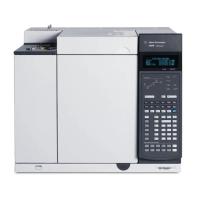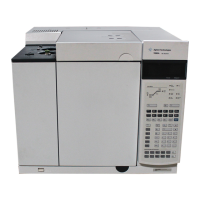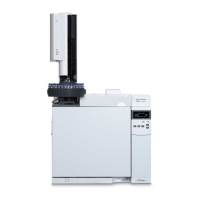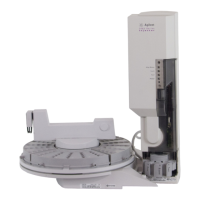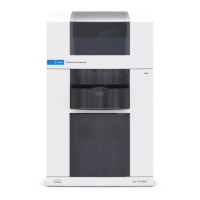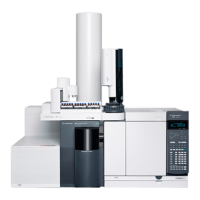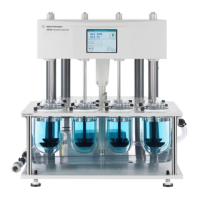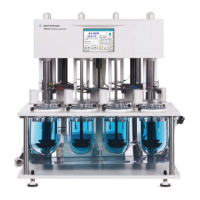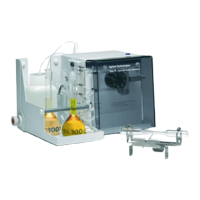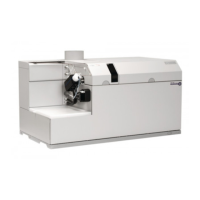Chromatographic Symptoms 3
Troubleshooting 39
• To Bakeout Contaminants from the MMI Inlet
• To Bakeout Contaminants from the Purged Packed Inlet
• To Bakeout Contaminants from the COC Inlet
• To Bakeout Contaminants from the PTV Inlet
• To Bakeout Contaminants from the VI Inlet
• Verify the purity of carrier and detector gases.
• Verify proper reassembly after recent maintenance.
• Inspect the detector for contamination.
If noise increases gradually to an unacceptable level, check
the following possible causes:
• Inspect the detector for contamination.
• Inspect the column and inlet for contamination.
• Inspect the FID or NPD jet for contamination.
• Verify that the FPD photomultiplier tube (PMT) is
properly installed. If it is not, light leaks and ultimately
noise will result.
Other factors that can contribute to noise:
• Column installed too high into detector.
• Oven temperature exceeds column maximum
recommended temperatures.
Baseline wander and drift
Baseline wander or drift can occur when a flow or
temperature setting is changed. If the system has not
stabilized at the new conditions before it starts a run, some
baseline changes are to be expected.
If experiencing baseline wander, check for leaks, especially
at the septum and at the column. (See “Checking for Leaks”.)
Baseline drift is most often seen during temperature
programming. To correct baseline drift, do the following:
• Verify that column compensation is used and the profile
is current. (To compensate for bleed.)
• Verify that the column is conditioned.
• Check column bleed while at operating temperature.
• Check the signal mode assigned to the column in the data
system.
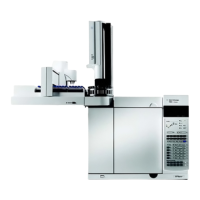
